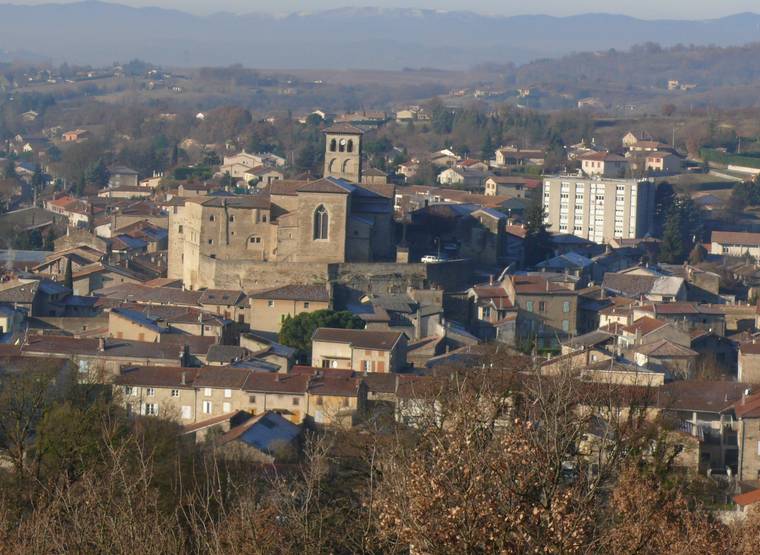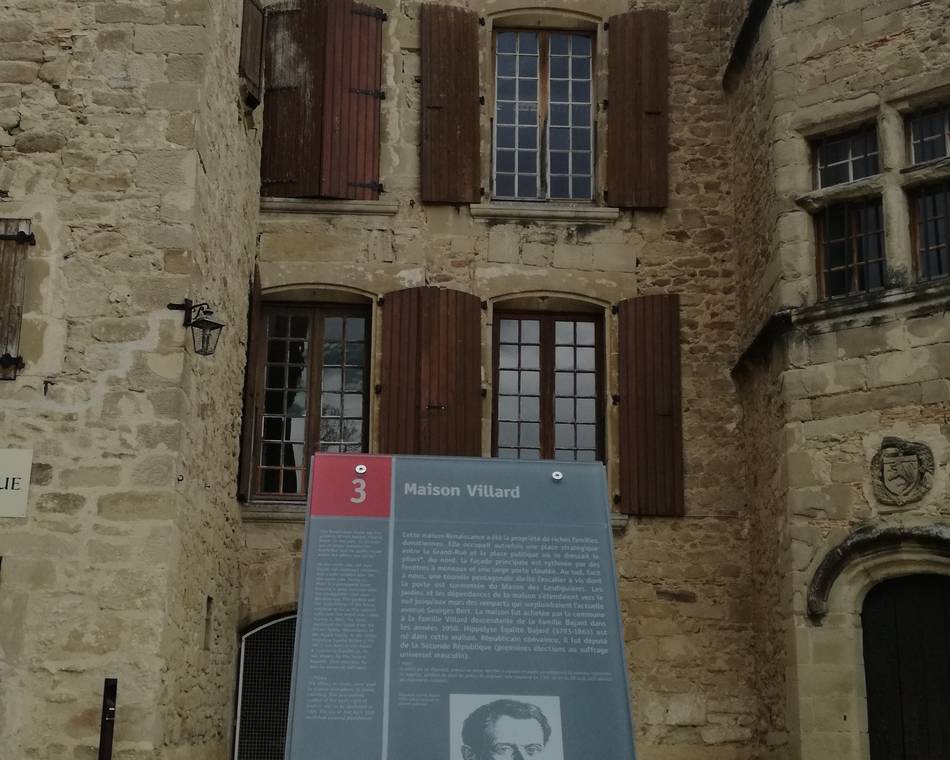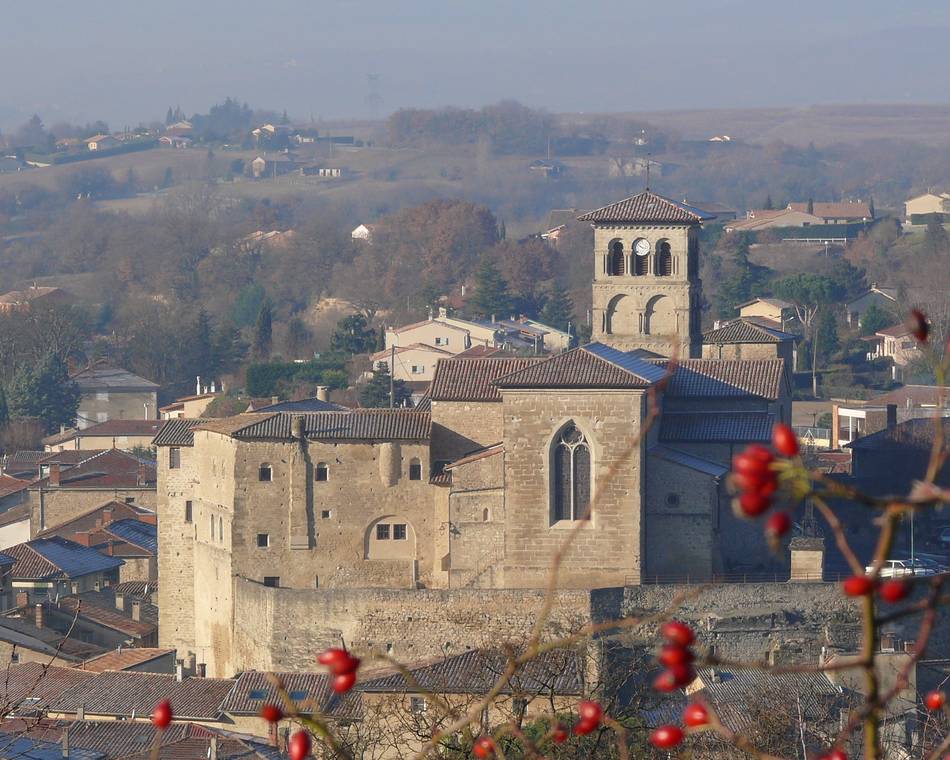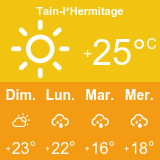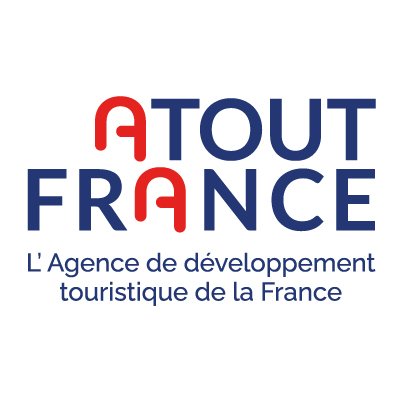Saint Donat sur l'Herbasse
-
Le village
26260 SAINT-DONAT-SUR-L'HERBASSE - Contacter par e-mail
- +33 4 75 45 10 32
- www.ville-st-donat.fr
Beschrijving
In een gebied dat al in de Gallo-Romeinse tijd bewoond was, ontstond het dorp aan de voet van een oude priorij. Tijdens de Tweede Wereldoorlog speelde Saint Donat een sleutelrol in de organisatie van het verzet en verwelkomde het Louis Aragon en Elsa Triolet.
In de Middeleeuwen bleef het dorp verscholen binnen zijn vestingmuren. De ontwikkeling was verbonden met het graven van een kanaal om het water van de Herbasse om te leiden. De waterkracht werd gebruikt om molens te laten draaien en, vanaf de Renaissance, verschillende werkplaatsen: hennep, papierpulp, enz. De grootste uitbreiding van het dorp vond plaats in de 18e en 19e eeuw met de vestiging van "fabrieken": spinnerijen en zijdespinnerijen, gevolgd door schoenenfabrieken.
Tijdens de Tweede Wereldoorlog speelde Saint Donat een belangrijke rol in de organisatie van het verzet en ontving het veel vluchtelingen, waaronder Louis Aragon en Elsa Triolet. De inwoners werden diep getroffen door de represaillemaatregelen van het nazileger op 15 juni 1944.
Op het platteland van Donat zijn de teelten aangepast aan de zanderige grond: tuinbouw en boomteelt.
Tarifs
Gratis toegang.
Ouverture
Het hele jaar, iedere dag.
Visite
Guided tour by the Tourist Office, 10 persons minimum, on required.
Durée moyenne d'une visite groupée : 60min
Visite groupée
Vrij bezoek groepenVisite individuelle
Altijd individueel vrij bezoekKenmerken
Gesproken talen
- Frans
Services
- Staanplaats campers
- Picknickplaats
- Tentoonstellingshal
- Mediatheek
- Speelveld
- Parkeerplaats
- Parkeerterrein in de buurt
- Openbare toiletten
- Bar
